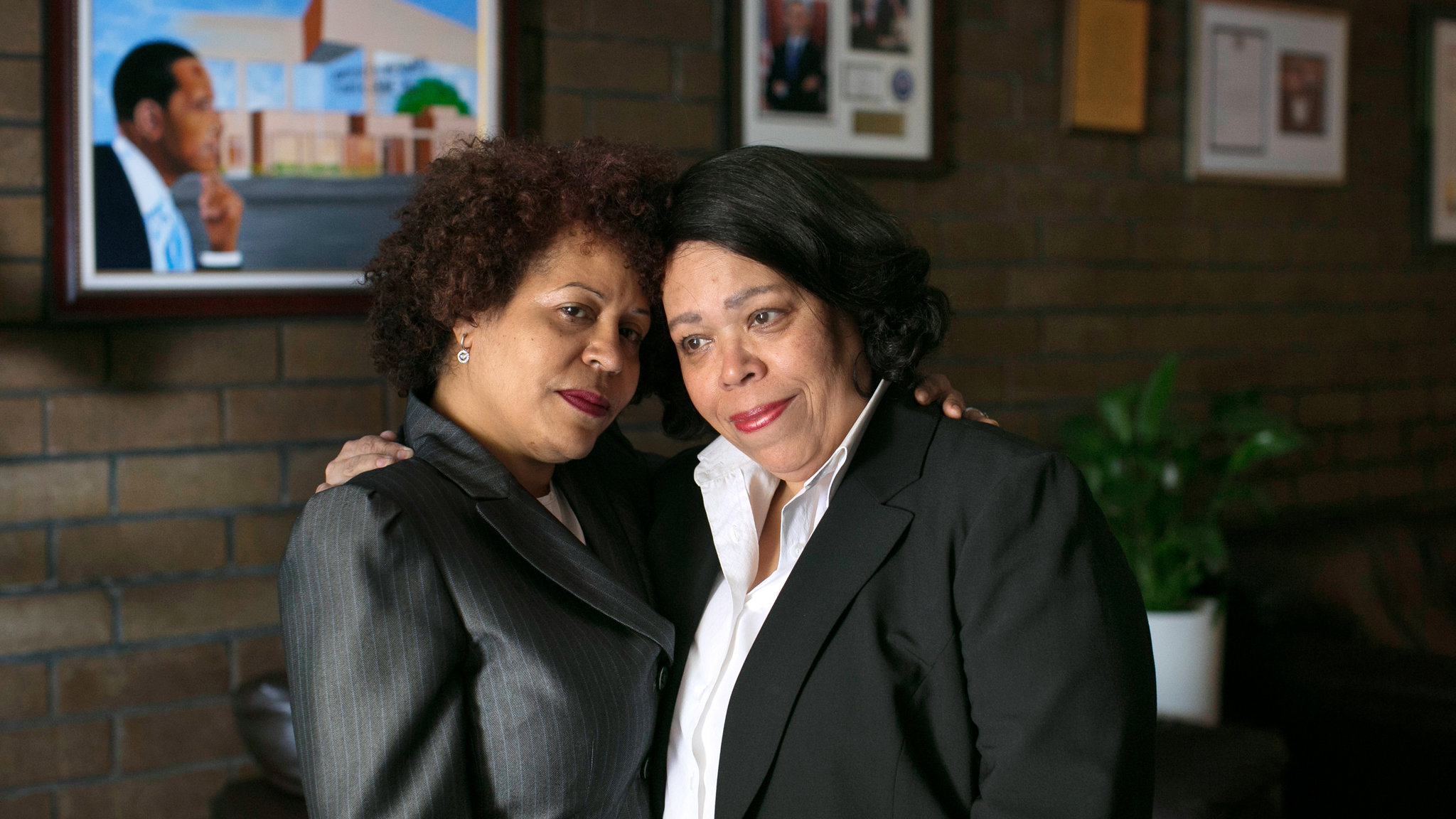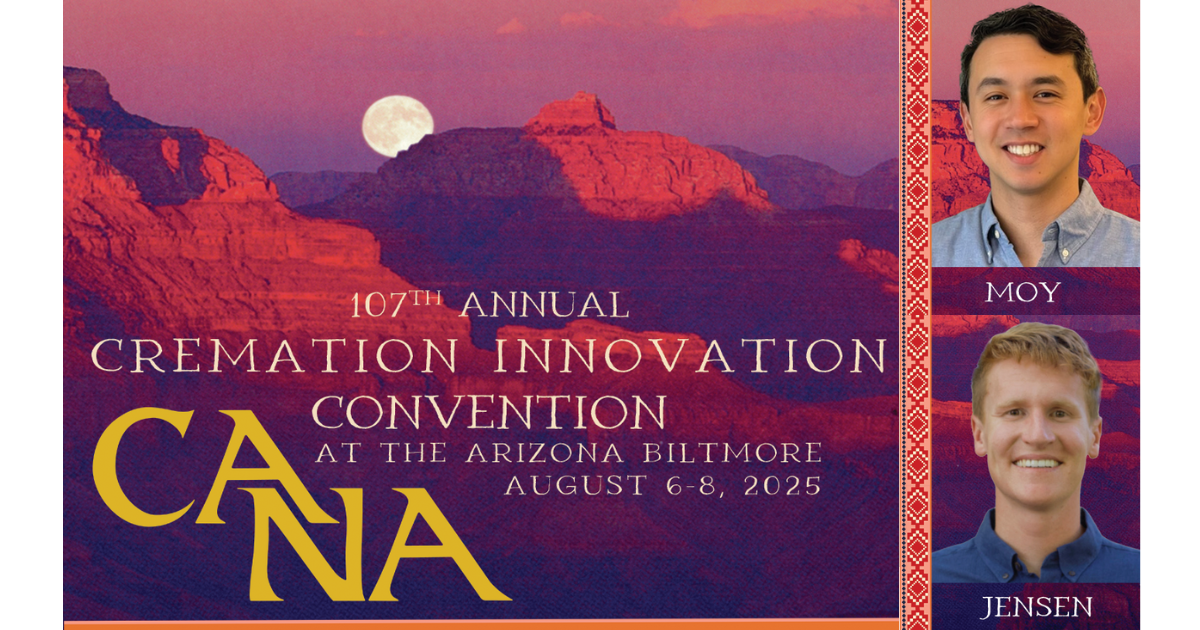At a Funeral Home in Brooklyn, the Hard Business of Goodbye
Article originally published by NY Times
Before he could even talk, A’mani Miller worked as a model. As early as 2 years old, he graced billboards and magazine pages, walnut-brown eyes squinting above a wide smile. Family and friends took to calling him “Mado,” mimicking the way his relatives from the Caribbean said the name of his profession. So his mother, Allison Shinn, found it a particularly cruel irony that when Mr. Miller was murdered at 23, his killer had left him nearly unrecognizable.
On March 14, the police found Mr. Miller face down in the fifth-floor hallway of a housing complex in the Canarsie section of Brooklyn. Dozens of slashes lacerated his torso, and bullets had shattered his skull. Perhaps most unnerving were the twin W’s carved into his left cheek and lower lip, leaving trails of flayed skin along their edges.
Soon after Ms. Shinn saw her son’s corpse, she came to the harsh realization that he might have been too disfigured for an open-coffin funeral. Desperate to provide her son a worthy farewell, she took his body to the Lawrence H. Woodward Funeral Home in Bedford-Stuyvesant.
“Just make him look like himself,” Ms. Shinn recalled asking. “I want people to remember him the way he lived, not the way he died.”
Lynda Thompson-Lindsay and Vicki Thompson-Simmons have heard such plaintive appeals before. As the Woodward’s managers, the sisters have handled deaths of every sort for families in Brooklyn, nearly all of them black. While crime has subsided throughout New York City, many of their cases are products of violence.
After death, black bodies in America have often been displayed in grotesque and dehumanizing ways — from public lynchings to Michael Brown left lying for hours on hot pavement in Ferguson, Mo. The Thompsons seek to reverse that painful legacy: commemorating, honoring and restoring dignity to members of their community upon dying in a way that can elude them in life.
“Our society has become immune to death in the black community,” Ms. Thompson-Simmons said. “We want people to understand we have history and our lives matter.”
The Thompson sisters belong to a long tradition of black funeral directors, professionals who hold a singular role in their communities. For centuries, these undertakers have handled the bodies that their white counterparts would rarely touch, while preserving the mourning rituals of homegoing that began to evolve during the slave trade.
In that era, many slaves conceived of death as a kind of emancipation — one that might bring the soul home to Africa. W. E. B. Du Bois described this feeling in “The Souls of Black Folk,” writing, “Of death the Negro showed little fear, but talked of it familiarly and even fondly as simply crossing the waters, perhaps — who knows? — back to his ancient forests again.”
The ceremonies have also served as important political platforms. In 1955, at the funeral of 14-year-old Emmett Till, the casket was left open to expose the brutality of his lynching. And this month, a crowd of protesters marched alongside the casket at the funeral of Philando Castile, a black man shot by a police officer during a traffic stop in Minnesota.
Read full article from NY Times




